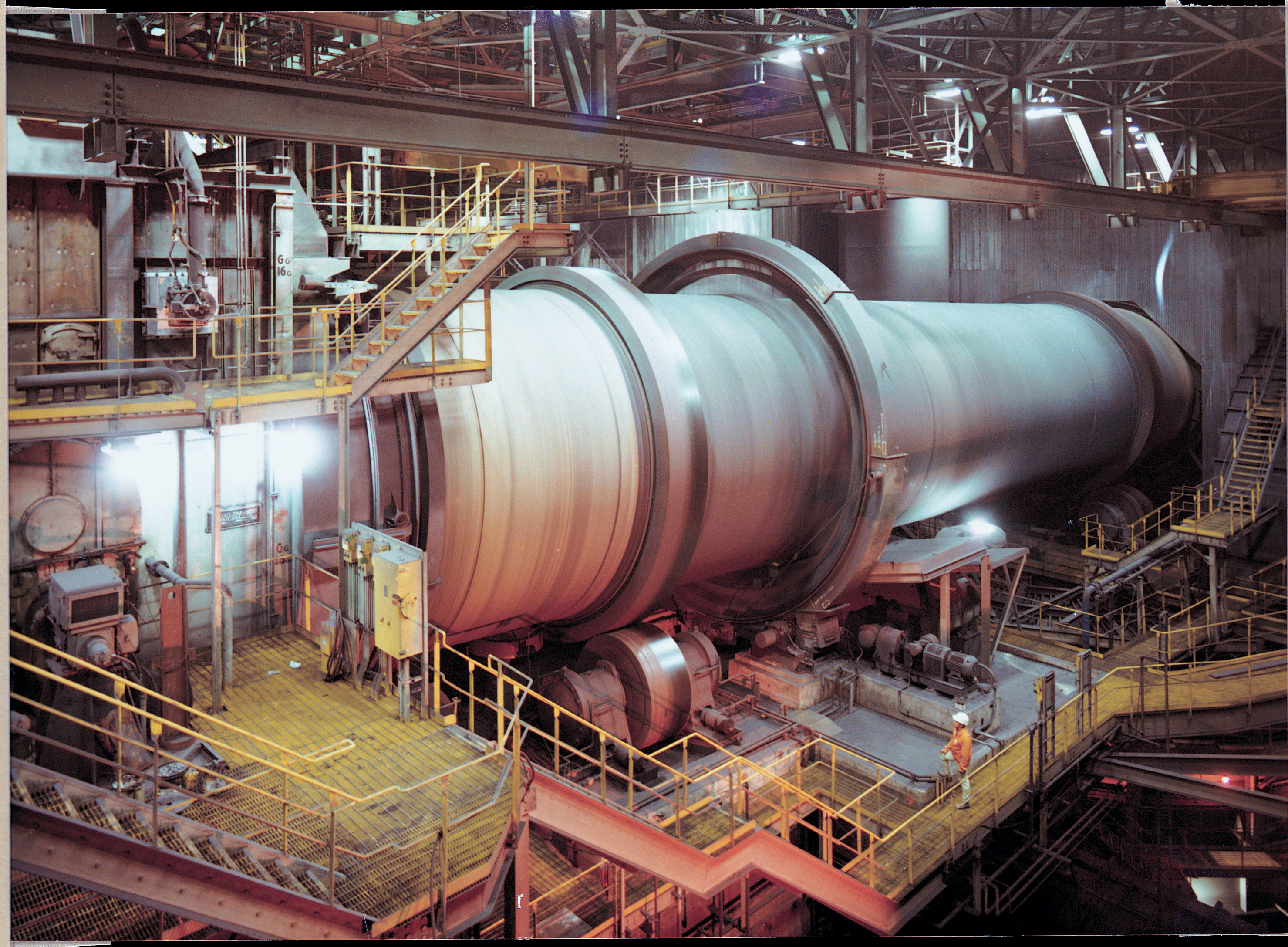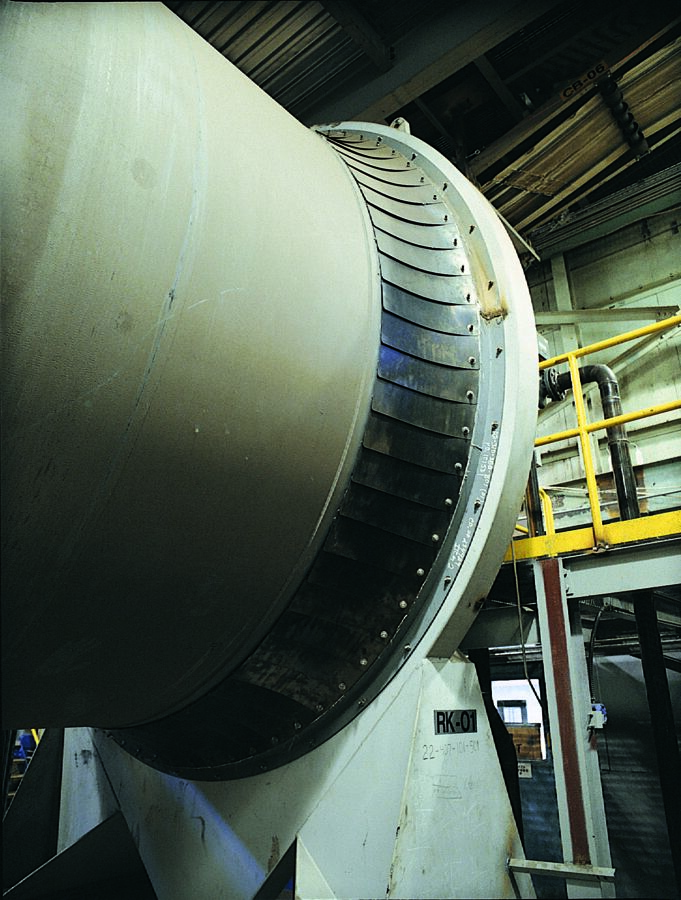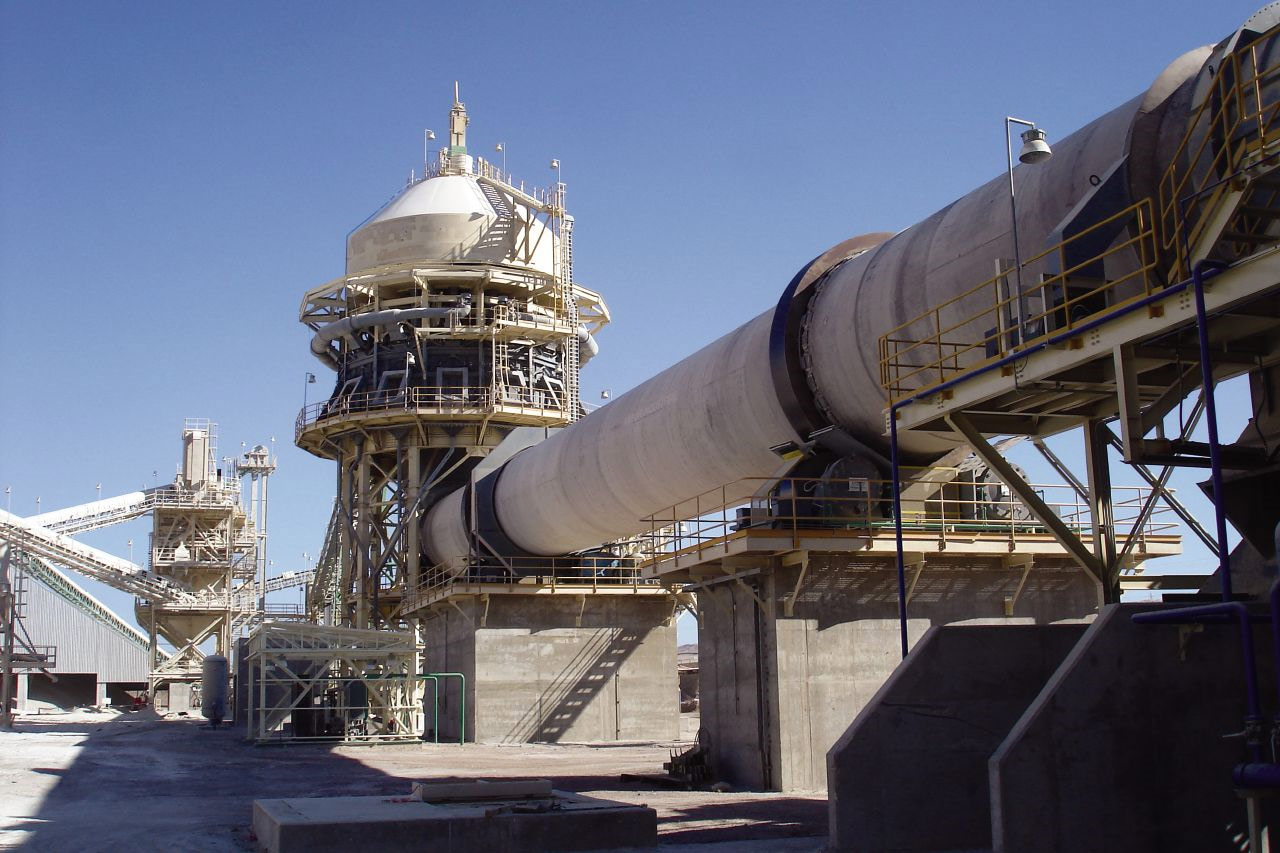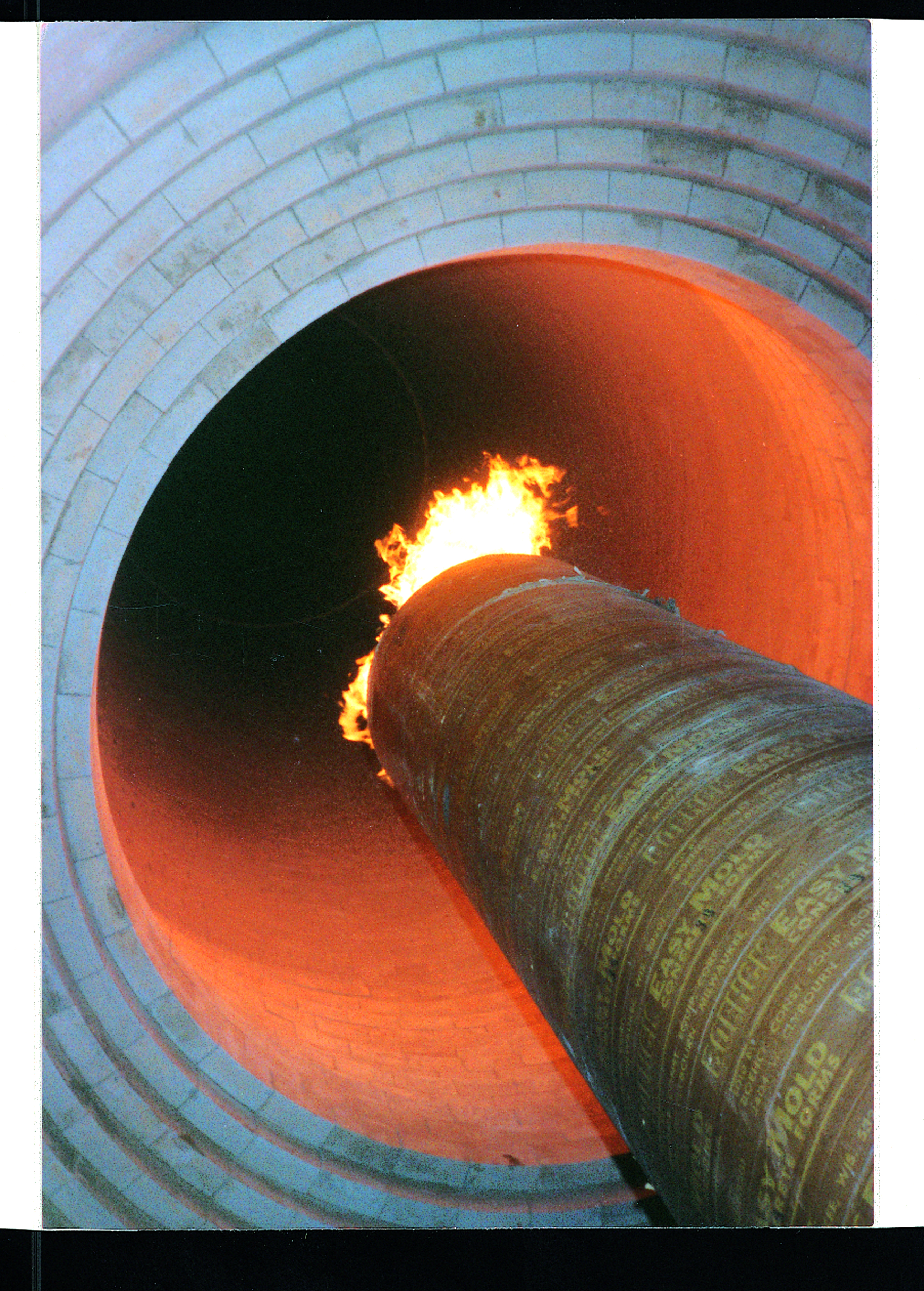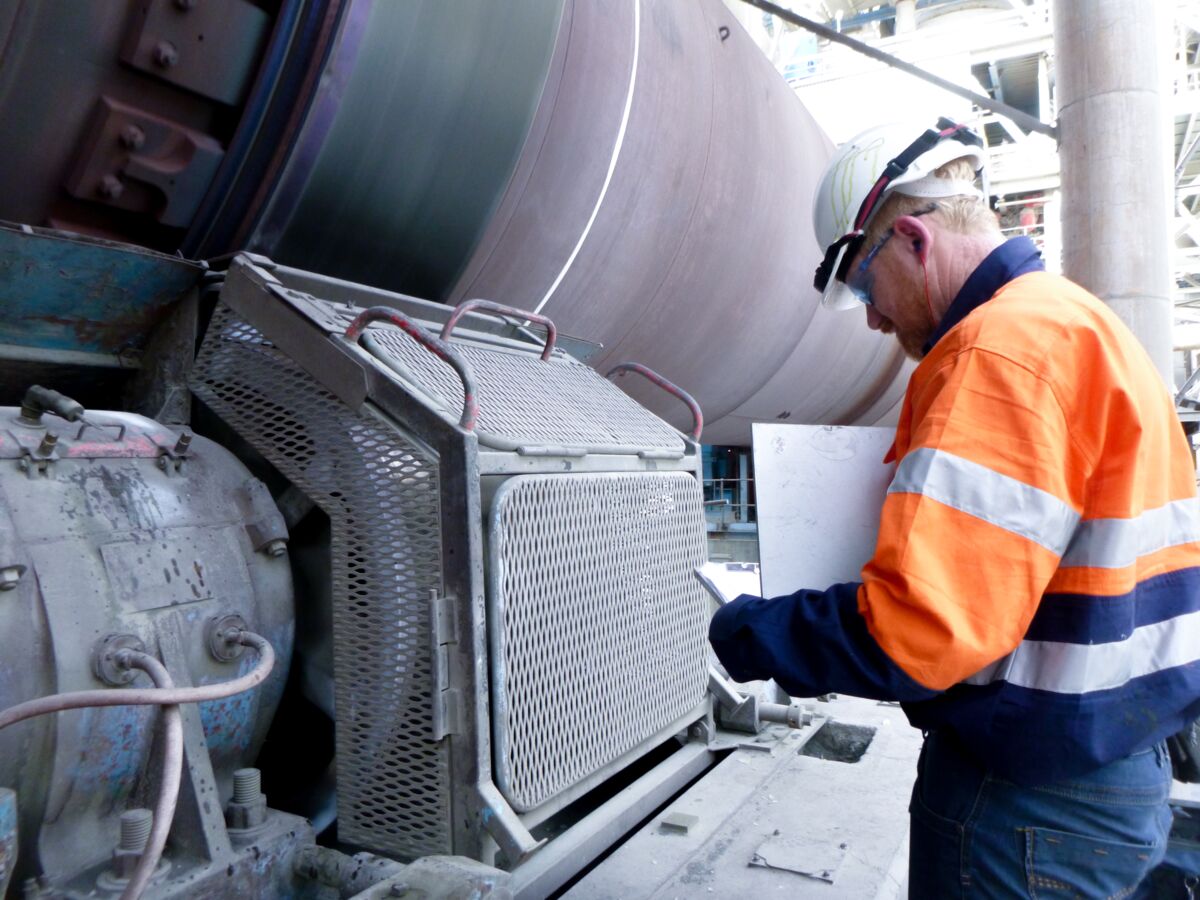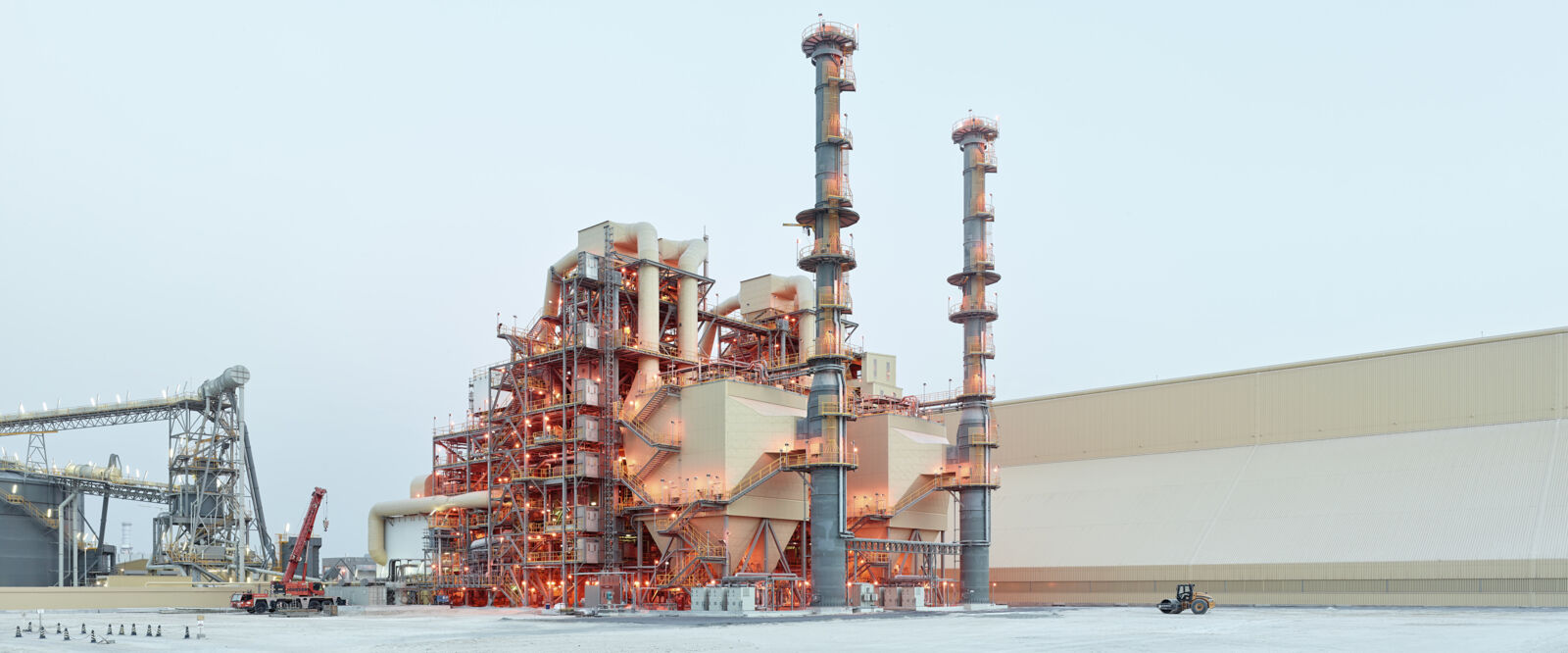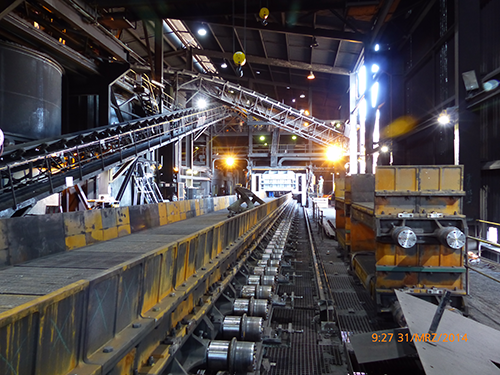Limestone is a sedimentary rock, the third most abundant mineral. Limestone is mostly quarried above ground; however, some underground limestone mining is done. Limestone is found with many different characteristics and different impurities.
The limestone characteristics change from different parts of the world and even different depths of mining. These characteristic differences are largely due to how it was formed. Limestone can be formed by chemically, organically, or clastic formation. Common impurities that can become a problem depending on the use or application are: SiO2 (Silica), Al2O3 (Aluminum Oxide), Fe2O3 (Iron Oxide).
The limestone must be tested to determine the appropriate technology for calcining.
Each lime kiln type and design is able to accommodate a given set of limestone characteristics. Testing to determine the suitability of a limestone for feed to a lime kiln is performed at Metso's Process Research & Test Center in Danville, Pennsylvania, USA using proprietary test procedures, referred to as a Limestone Evaluation (or LSE). Metso has established a reliable baseline against which to measure the suitability of a limestone for feed to a preheater-kiln system by evaluating nearly 1500 samples of limestone from around the world.

